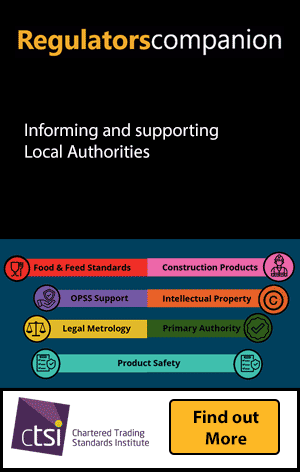AXELOS
|
|
Employing PRINCE2 to simplify project management for stakeholders
Blog posted by: Pedro Bertacchini – Project Manager, Luminor Group, 15 December 2022.
At the beginning of a new project, I always wonder how I can break down the complexity of project management for my stakeholders and what to adapt within my role and responsibilities to achieve that.
In a dynamic organization where resources are limited, you might find yourself managing initiatives that are outside of your area of knowledge or strength. So, how can you maximise your impact and make sure your stakeholders are being continuously supported?
And what approaches from a method such as PRINCE2 can help with this?
- Documenting and tracking events: Let’s face it, writing minutes and archiving information is not an exciting task at all. However, it’s highly beneficial to make sure actions and decisions are recorded, an audit trail is available and to avoid multiple sources of information or ambiguity. Additionally, it might be one of the best ways for you to learn more about the project and get involved. Having everything documented will also naturally support the day-to-day tracking of progress and pave good governance for future reference. This also directly supports continued business justification, as it provides detailed information about decisions, events, risk and issues, plus continued learning as you record lessons learned.
- Know your stakeholder: By understanding what their expectations, motivations and level of engagement are, you can tailor your role around their needs and maximize their impact in the project. A good example is understanding their availability and expertise, so you make sure they are only involved whenever required or when they can contribute to delivering value. This relates to the communication management approach in PRINCE2 that dictates how often you communicate, the stakeholder profile and overall communication strategy.
- Facilitating and unlocking deadlocks: It can be frustrating when operating outside of your comfort zone and you’re less able to provide much input. However, what you can do is make sure communication is handled effectively and apply your problem-solving skills to different environments. Communication is the biggest reason why projects fail. So, understanding how your organization/project group operates and how processes are followed will allow you to analyze each situation from the internal perspective and apply your experience to solve problems.
- Deep dive in the subject: As obvious as it sounds, making sure you understand what the project wants to achieve is paramount. You would be shocked by the number of times I’ve seen that subject matter experts and senior stakeholders neither know nor understand the scope of the work to be done. This is not because they’re incompetent, but the fact that ambiguity is a characteristic of projects in general. For example, people leave and join organizations, requirements might be written in a confusing way, or the specific subject of the project might be something completely alien, like a new regulation, a sanction or a new technology. Your role here is to gather enough information about the initiative to give your project team reassurance and confidence to deliver. This supports PRINCE2’s roles and responsibilities and tailoring principles. A project manager shouldn’t restrict responsibilities when there is significant ambiguity and the project working group is neither experienced nor prepared.
Even without being an expert, you can still support your team to achieve their goals and reduce the complexity of their work.
Original article link: https://www.axelos.com/resource-hub/blog/employing_prince2_to_simplify_project_management
| Home | Qualifications | Training | Licencing | Store | News |
Latest News from
AXELOS
PRINCE2 7 – Progress: making a good practice better still
28/11/2023 10:20:00Blog posted by: Richard Rose – Co-author, PRINCE2 7, As an independent consultant and trainer in programme, project and change management, Richard is passionate and fervent about the value of delivering value-added training, mentoring and coaching. www.richardarose.co.uk Richard is the lead trainer and author of the MSP and AgilePM® courses offered by Explosive Learning Solutions (ELS) as well as delivering PRINCE2®, MoP® and P3O® courses for ELS and other Accredited Training Organizations. www.elsbusinesstraining.co.uk, 23 November 2023.


